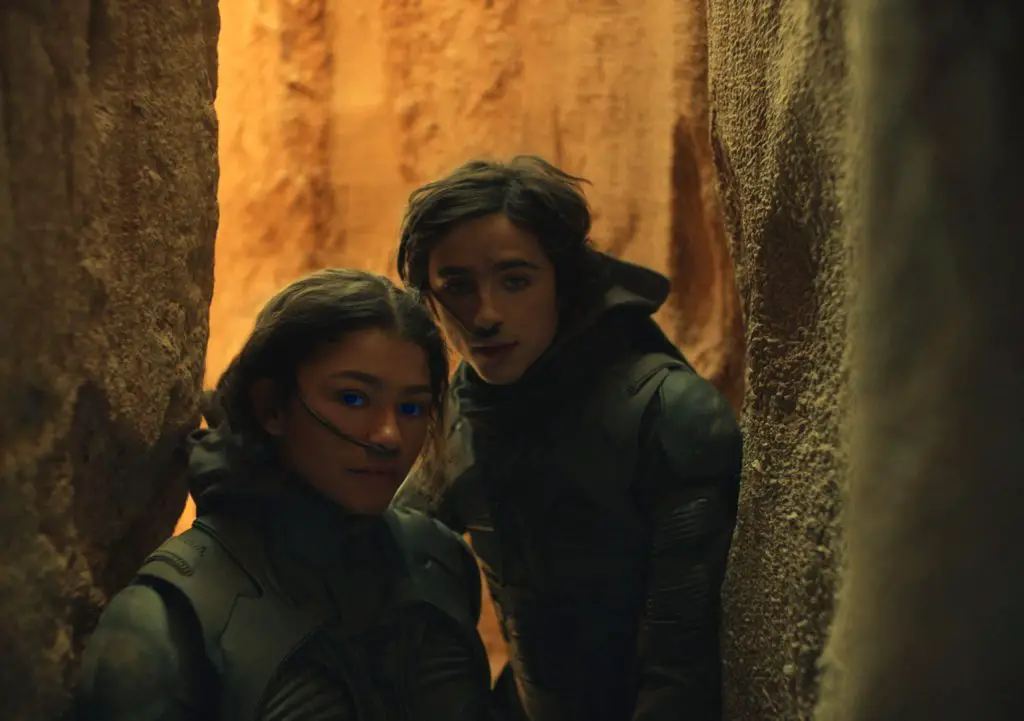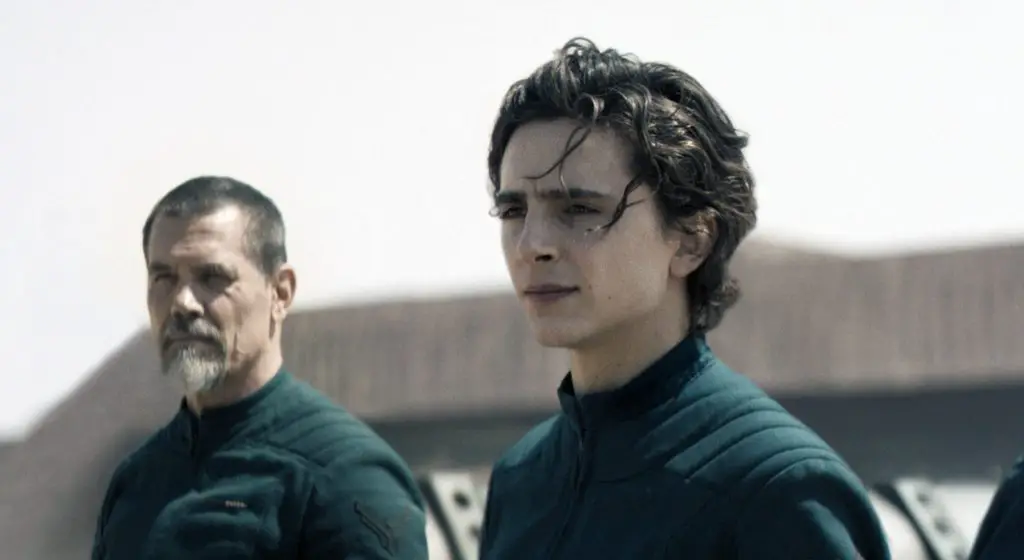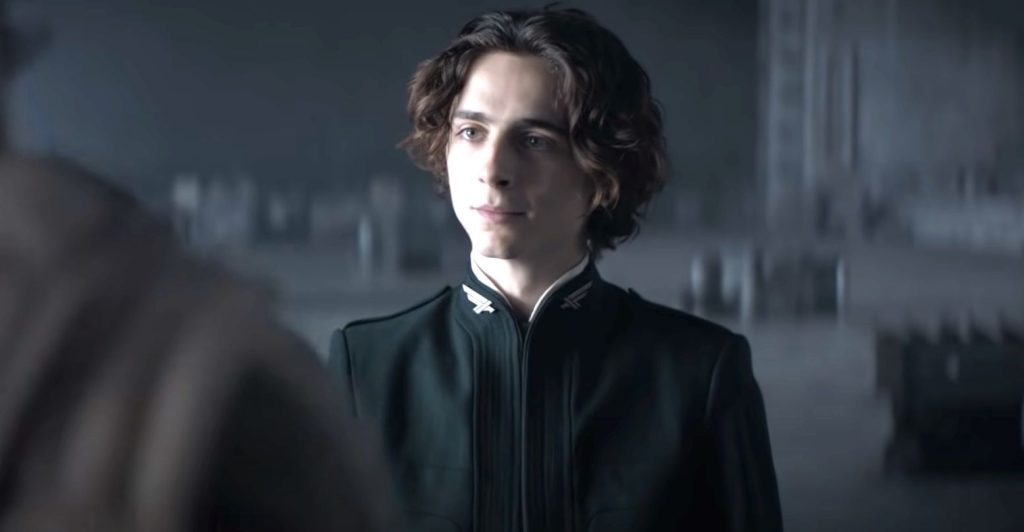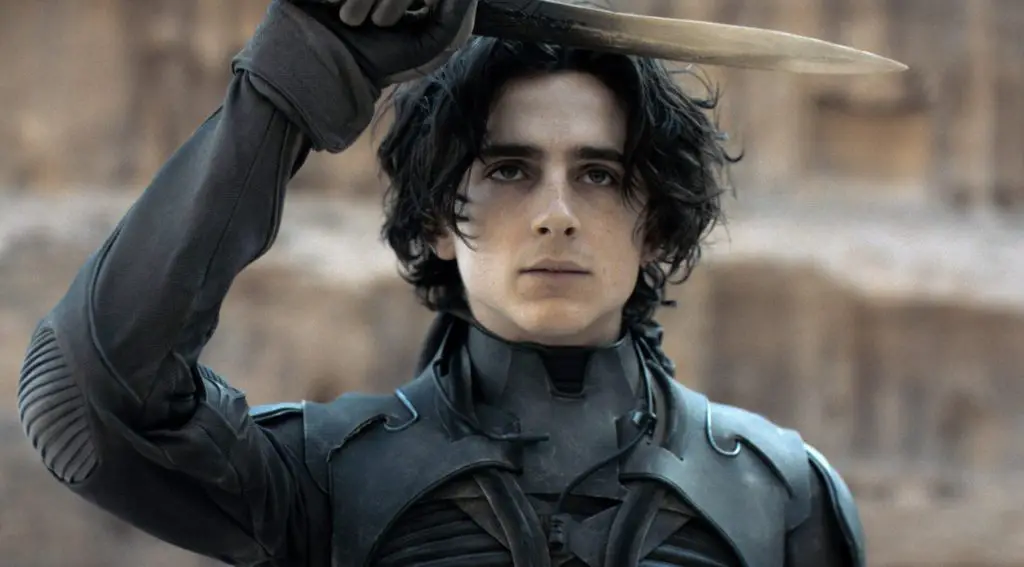As anticipation builds for the second installment of Denis Villeneuve’s cinematic take on Frank Herbert’s renowned science fiction masterpiece, Dune, one cannot help but marvel at how far we’ve come. For long, Herbert’s novel was viewed as an unconquerable entity in the world of film adaptation, defying the efforts of various filmmakers who attempted to transition its intricate universe from literature to the big screen. However, all these failed attempts were laid to rest when Villeneuve triumphed in accomplishing this Herculean task, transforming Dune into a critically acclaimed film that amassed an impressive ten Oscar nominations, clinching six for Warner Brothers.
Villeneuve’s wise decision to dissect Herbert’s well-known novel into two distinct segments led to the success of the first film. This segment introduced audiences to the protagonist Paul Atreides, portrayed by Timothée Chalamet, whose journey commences following the loss of his father Leto (Oscar Isaac) to the rival House Harkonnen. Consequently, Paul loses control over the desert planet Arrakis, the birthplace of the potent substance called melange, vital for light-speed interstellar travel. He and his mother Jessica (Rebecca Ferguson) find solace within the indigenous Fremen tribe, where Paul encounters Chani (Zendaya).
The groundwork laid out in the first part sets the stage for a dramatic narrative in the second part, where we anticipate witnessing Paul spearhead a Fremen revolt against the Harkonnens, challenge the omnipotent ruler of the Imperium, seize his throne, and ultimately emerge as the Emperor of the Known Universe. With numerous expectations for the sequel, here are some key elements we look forward to seeing in Dune: Part Two.
Action-Packed Sequences

The debut installment was marked by a series of unforgettable action scenes, with Fremen warriors emerging from the sands to ambush the Harkonnens, engaging in adrenaline-fueled fistfights and knife duels. Despite a significant portion of these scenes manifesting through Paul’s visions, the remaining battles, especially the memorable clash between Paul and Fremen’s Stilgar (Javier Bardem) – a fight necessary for Paul and Jessica’s acceptance into the Fremen tribe – made for thrilling viewing.
For the upcoming sequel, audiences hope to witness more such gripping combat scenes that were hinted at in the first film.
Unleashing the Weird

Frank Herbert’s Dune is a cornucopia of bizarre and peculiar elements, contributing to its reputation as unfilmable. The novel’s eccentricity is translated to the screen through a society worshipping and riding gargantuan worms, addiction to a natural powder that facilitates space navigation and foresees the future, turning their eyes blue.
Paul is revered as the Messiah, thanks to the efforts of the Bene Gesserit sect that Jessica is a part of, which has dedicated centuries to manipulate genetics to create the ultimate ruler, with the warrior Fremen at his command. This is a simplified explanation of an otherwise complex narrative that does little to capture the essence of its quirkiness. It is highly recommended to either watch the movie or read the book to fully appreciate its complexity.
The second half of Dune introduces more eccentricities from Herbert’s novel, like newborns endowed with eloquence and lethal abilities. Such is the case with Paul’s sister Alia, who makes a significant impact in the Emperor’s court. Fans expect these odd elements to be portrayed in the sequel.
Paul’s Prophetic Visions Become Reality

Throughout Dune, Paul experiences prophetic visions after exposure to the spice on Arrakis. Some of these prophecies came to fruition in the first part, like the death of Duncan Idaho, while others are anticipated to be realized in the sequel, such as the birth of Paul’s sister Alia by Jessica.
While some of these visions remain open to interpretation, one in particular deeply disturbs Paul, when he foresees “fanatical legions worshipping at the shrine of my father’s skull, a holy war in my name!” This prophecy signals a religious genocide across the galaxy, led by Fremen, to consolidate their Messiah’s rule. This part of the storyline is later covered in Dune: Messiah, and audiences are excited to see the groundwork laid for this in the sequel.
Paul Commandeering a Sandworm

The prospect of Paul commanding a sandworm, a scene teased at the end of the first installment, is likely to be realized in the sequel. This iconic sequence, which may feature Paul leading an army on the backs of these colossal worms, promises to be a highlight of the upcoming film.
A Conclusive Ending
Despite Villeneuve’s announcement of his plans for Dune to be a three-part epic, adapting Herbert’s second novel in the series, Dune: Messiah, into a third film – a greenlight for which is yet to be received from Warner Bros. – such plans might not be feasible.
Herbert’s Dune Chronicles comprise six dense books. If Villeneuve and Warner Bros. continue to adapt each book into a film every two years, audiences could potentially be looking at ten more movies over two decades. This presents a colossal challenge for the creators, actors, and the audience. Even the successful Marvel Cinematic Universe (MCU) experienced a slow down after a fifteen-year run, despite its rotating roster of heroes.
Continuing in this vein is impractical. A more advisable course of action would be to wrap up Dune: Part Two with a satisfying conclusion, rather than teasing future installments that may never materialize.


